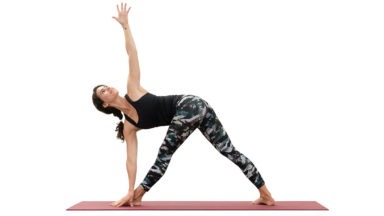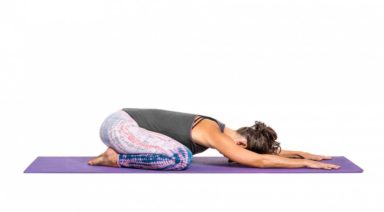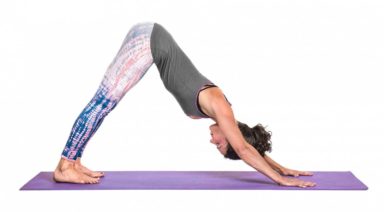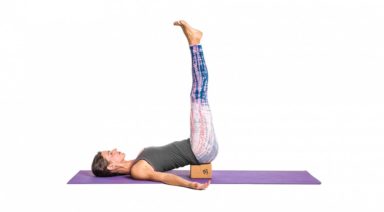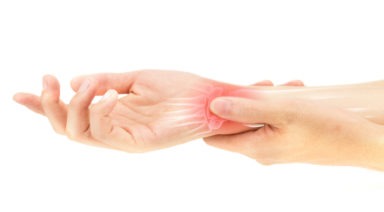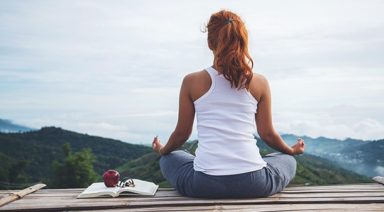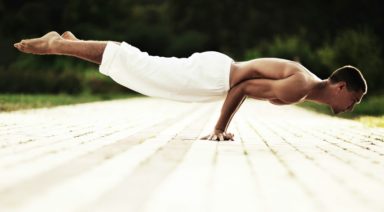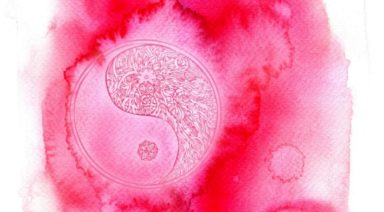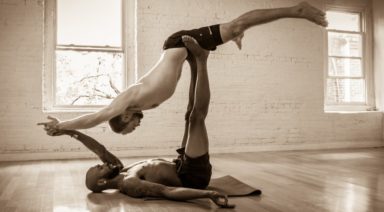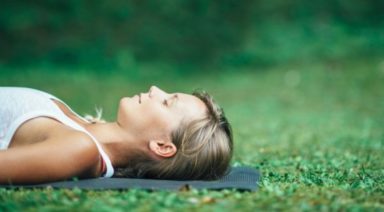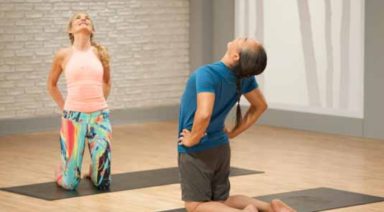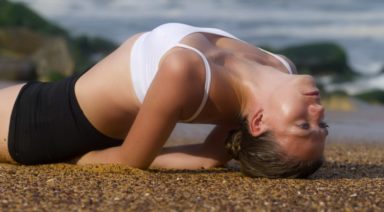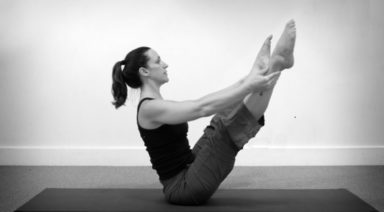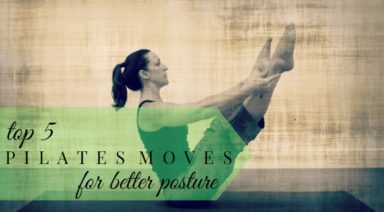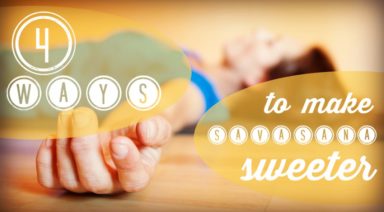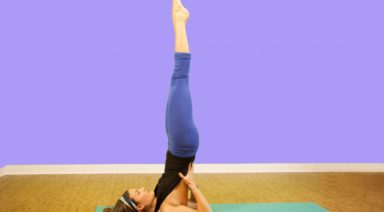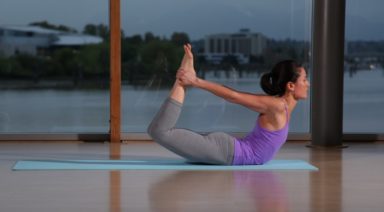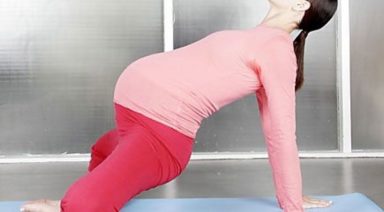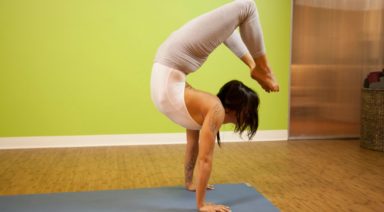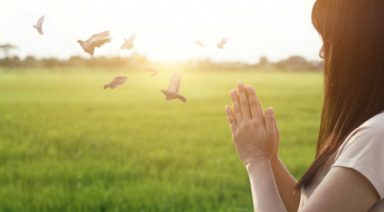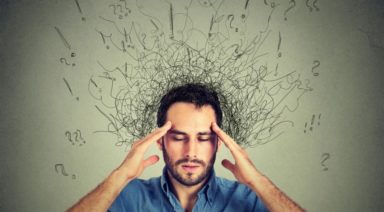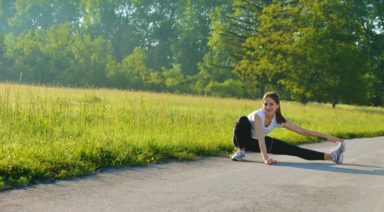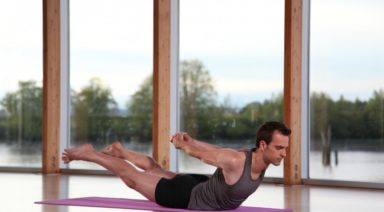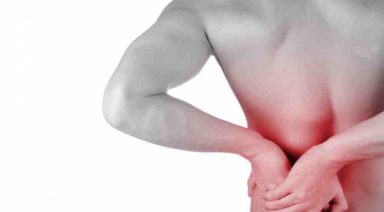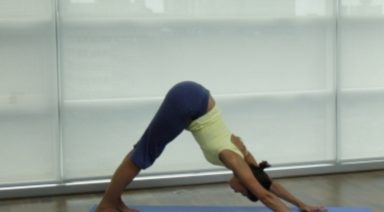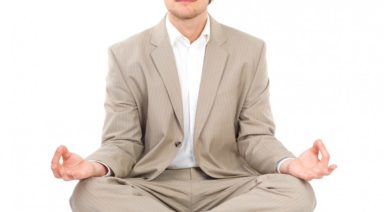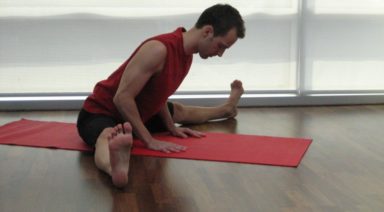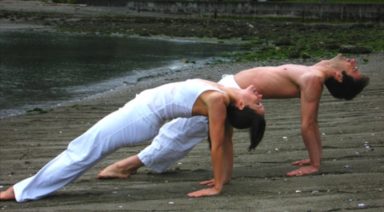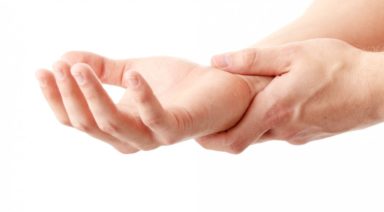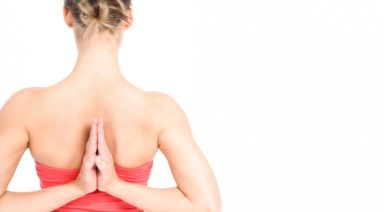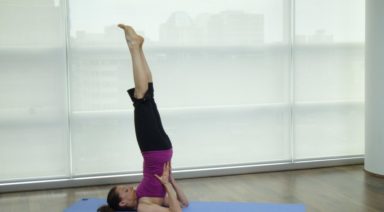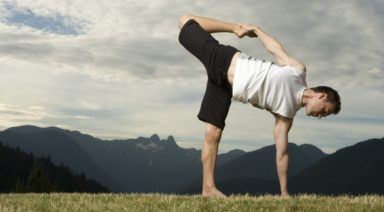Downward-Facing Dog | Yoga Pose

ADJUSTMENTS | BENEFITS | CONTRAINDICATIONS | MANTRA | MUDRA | PREP POSES | SANSKRIT | STEPS | TIPS
Adho mukha svanasana (AH-doh MOO-kah shvah-NAHS-anna), also known as downward-facing dog pose, is a mild inversion that calms the nervous system and helps relieve stress. During downward-dog, focus on the details of your inhale and exhale to hone your attention. Notice your breath before entering the pose, during the pose, and after leaving the pose.
ADJUSTMENTS/MODIFICATIONS:
- Ease pressure on your wrists by placing a wedge under your palms or performing the pose on your forearms (dolphin pose).
- Elevate your hands on blocks or on the seat of a chair to take weight off of your hands, wrists, and shoulders.
- Place your palms on a wall and walk your feet back for a standing variation of downward-facing dog with more control.
CONTRAINDICATIONS AND CAUTIONS:
Before trying any inversion, check with a doctor before performing the pose if you have any of the following conditions:
- Wrist problems like carpal tunnel syndrome or arthritis
- High blood pressure
- Eye or inner ear infection
- Late-term pregnancy
TIPS:
This pose stretches the hamstrings, calves, spine, and muscles in the back. Go slowly and listen to your body’s limits.
STEP-BY-STEP:
- Start on your hands and knees in a table top position with your hands and knees shoulder width apart. Your hands should be slightly in front of your shoulders. Spread your fingers wide on your mat with your middle fingers facing forward. Firmly press your palms flat on your mat.
- Curl your toes under. Exhale slowly as you lift your knees off of the floor and send your hips skyward. Press your chest back toward your thighs.
- Move toward straightening your legs and lowering your heels, but don’t lock out your knees or try to force it.
- Tilt your sitting bones up high and rotate your inner thighs slightly in and up, aware of your low ribs’ tendency to jut out as you find length here. Draw the ribs gently back in by toning your belly.
- Press the pads of your fingers and your full palm into the floor. Straighten but don’t lock out your arms. Engage your upper arm muscles to draw your elbows slightly in and pull your shoulders out of your ears.
- Keep your neck neutral (ears aligned with biceps) with your your gaze looking slightly back toward your feet.
PREPARATORY POSES:
- Plank pose | Phalakasana
- Standing forward bend | Uttanasana
FOLLOW-UP POSES:
- Standing forward bend | Uttanasana
- Mountain pose | Tadasana
- Sirsasana | Headstand
SANSKRIT:
- Adho = downward
- Mukha = face
- Svana = dog
- Asana = pose
PHILOSOPHY & ORIGIN:
Adho mukha svanasana is practiced as a free-standing posture or as part of a vinyasa sequence and is used as a resting point for stretching the back of the legs and the shoulders.
PHYSICAL BENEFITS:
- Stretches your hamstrings, calves, arches, and hands
- Strengthens your arms, shoulders, and back
- Improves mobility of your digestive system
- Relieves back pain, headaches, insomnia, and fatigue
ENERGETIC BENEFITS:
- Elongates and releases tension from your spine
- Helps relieve the symptoms of menopause
MANTRA:
Om Mani Padme Hum Mantra
As translated by the Dalai Lama, this mantra means “the jewel is in the lotus,” or “praise to the jewel in the lotus.” Many contend the true meaning of this mantra cannot be translated into a simple phrase or sentence, but all of the teachings reiterate that suffering in life is unnecessary, and through peaceful reflection and calculated action, we can avoid the aspects of our lives that cause suffering and embrace those that bring joy and enhance our daily lives. The lotus is often believed to be symbolic of our ability to rise out of darkness and blossom with beauty, and this recognition of how we rise out of dark conditions is invoked through the power of this mantra.
MUDRA: APANA MUDRA
This mudra is also known as the “prayer mudra.”
How to: The tips of the middle finger and ring finger touch the tip of the thumb. The forefinger and little finger are stretched out and straight.
Benefits:
- Helps move prana energy to the periphery of the body
- Regulates the excretory system and helps maintain internal chemical homeostasis
- Aids in waste elimination from the mouth, eyes, ears, nose, throat, etc.
- Helps regulate diabetes
- Helps with constipation and urine obstruction
Legal Disclaimer Before participating in any exercise program or using any fitness products or services that may be described and/or made accessible in or through the Gaia Website and/or the Services, you should consult with a physician or other healthcare provider. Read more about Gaia’s Terms Of Use.
Parivrtta Trikonasana: Revolved Triangle Pose

ADJUSTMENTS | BENEFITS | SEQUENCING | SANSKRIT | STEPS
Parivrtta trikonasana (par-ee-VRIT-tah trik-cone-AHS-anna) is a great counterpose to its expansive sibling, utthita trikonasana (extended triangle). Stretching your spine and releasing tension in your chest and shoulders is a great antidote to a long work day.
Philosophy + Origin
As the more feminine version of utthita trikonasana, revolved triangle reminds us that there are always two sides to every coin — the dark to the light, the cold to the hot, the feminine to the masculine, the stillness after the movement. Reflecting on the differences and similarities between the two versions of triangle pose can help you find balance between two apparent opposites. Although feminine and masculine might seem like night and day, there’s a place in the middle where the two always meet.









